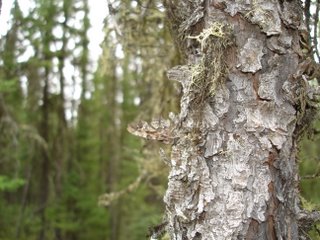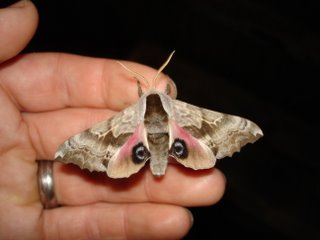Here are some memorable (for me) little gems from my past few months.

My friend Kirk spotted one of these Okefenokee Zale Moth larvae (
Zale perculta) while we were out looking for other things. It turned out to represent a ~100 mile extension to their previously known range. They feed exclusively on Climbing Fetterbush (
Pieris phyllyreifolia), which is a pretty neat plant that you can learn more about
HERE.

This Portuguese Man-O-War (
Physalia physalis) is doomed to be churned in the surf and washed up on the beach. They float at the surface, have no ability to propel themselves, and are completely at the mercy of where the wind and surface currents direct them.

I was fortunate to be involved in the capture of this Black-banded Sunfish (
Enneacanthus chaetodon) while seining for
Greater Sirens (
Siren lacertina). This beautiful little species hadn't been documented in Florida for many years, and my friend John recognized it for the special find it was.

While following a group of Red-cockaded Woodpeckers (
Picoides borealis), I flushed up this young Red-shouldered Hawk (
Buteo lineatus) which had just caught a Southern Black Racer (
Coluber constrictor priapus). I took this low quality photo through a scope mounted on a gun stock, so the quality isn't very good, but I still like it.

This Oldfield Mouse (
Peromyscus polionotus) was caught in a funnel trap set out to sample herps. I rarely see more than a glimpse of small mammals unless they're being trapped for, so this was a treat to see.

I happened upon this domesticated Muscovy Duck hen tending her recently hatched young back in a swampy area while looking for sirens. I'm including this photo for my mother, who has a special place in her heart for domesticated waterfowl. Also, the cute factor is admittedly pretty high.














.JPG)



.JPG)































